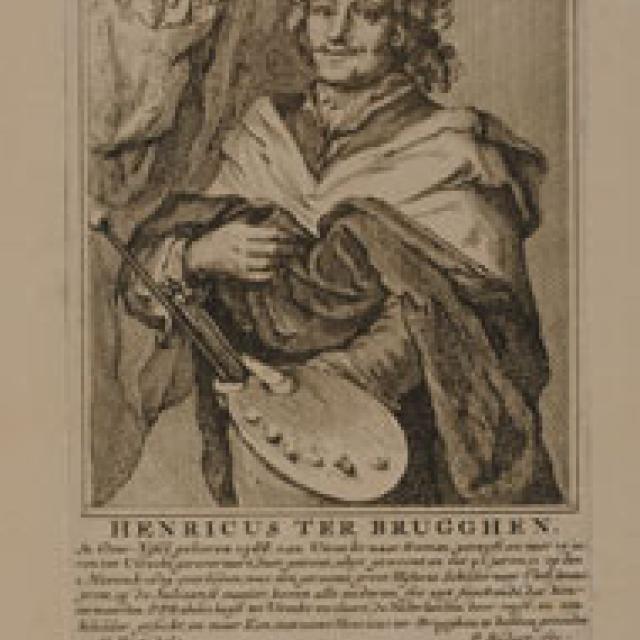
Hendrick ter Brugghen
Explore Selected Works
Artwork

Bibliography
1753
Houbraken, Arnold. De Groote Schouburgh der Nederlantsche Konstschilders en Schilderessen. 3 vols. in 1. The Hague, 1753 (Reprint: Amsterdam, 1976): 1:133-135.
1925
Sandrart, Joachim von. Joachim von Sandrarts Academie der Bau-, Bild, -und Mahlerey-Künste von 1675. Leben der berühmten Maler, Bildhauer und Baumeister. Edited by Alfred R. Peltzer. Abridged ed. Munich, 1925: 178, 401.
1958
Nicolson, Benedict. Hendrick Terbrugghen. London, 1958: 26-42.
1985
Bok, Marten Jan, and Yoriko Kobayashi. "New Data on Hendrick ter Brugghen." Hoogsteder-Naumann Mercury 1 (1985): 7-34.
1986
Blankert, Albert, and Leonard J. Slatkes. Nieuw licht op de Gouden Eeuw: Hendrick ter Brugghen en Tijdgenoten. Exh. cat. Centraal Museum, Utrecht; Herzog Anton Ulrich Museum, Braunschweig. Utrecht, 1986: 64-75.
1997
Bok, Marten Jan. "Biographies." In Masters of Light: Dutch Painters in Utrecht during the Golden Age. Edited by Joaneath A. Spicer and Lynn Federle Orr. Exh. cat. Fine Arts Museums of San Francisco; Walters Art Gallery, Baltimore; National Gallery, London. New Haven, 1997: 379-380.
2007
Slatkes, Leonard J., and Wayne E. Franits. The Paintings of Hendrick ter Brugghen, 1588-1629: Catalogue raisonné. Oculi 10. Amsterdam, 2007: 1-28.


